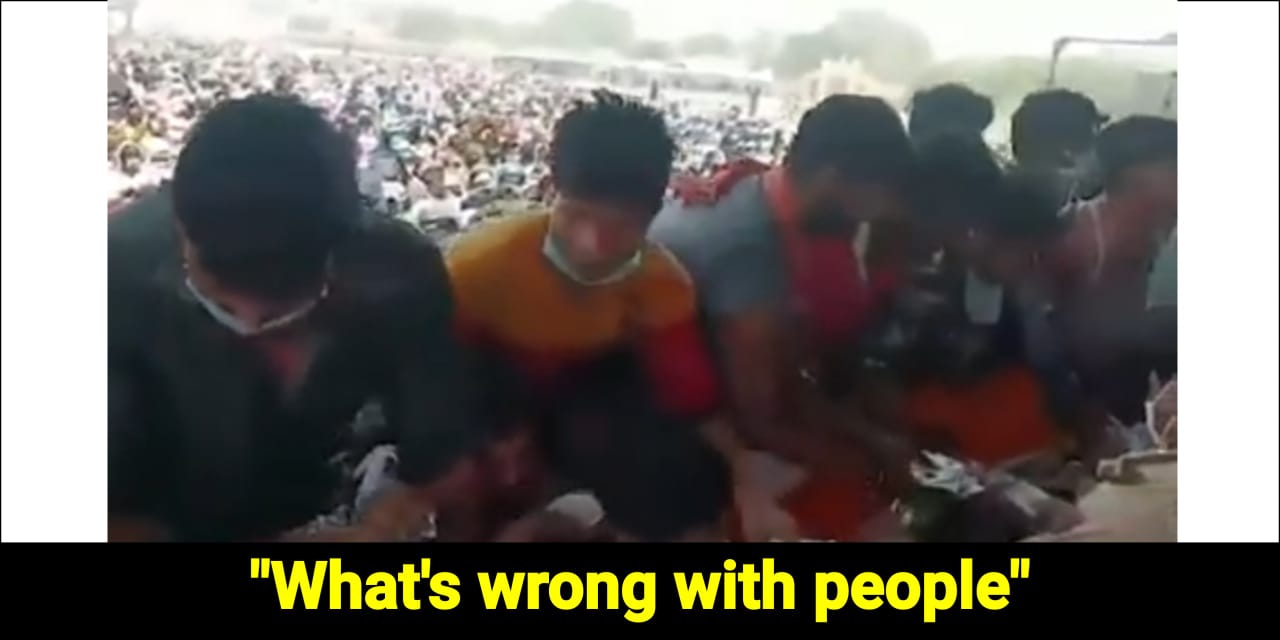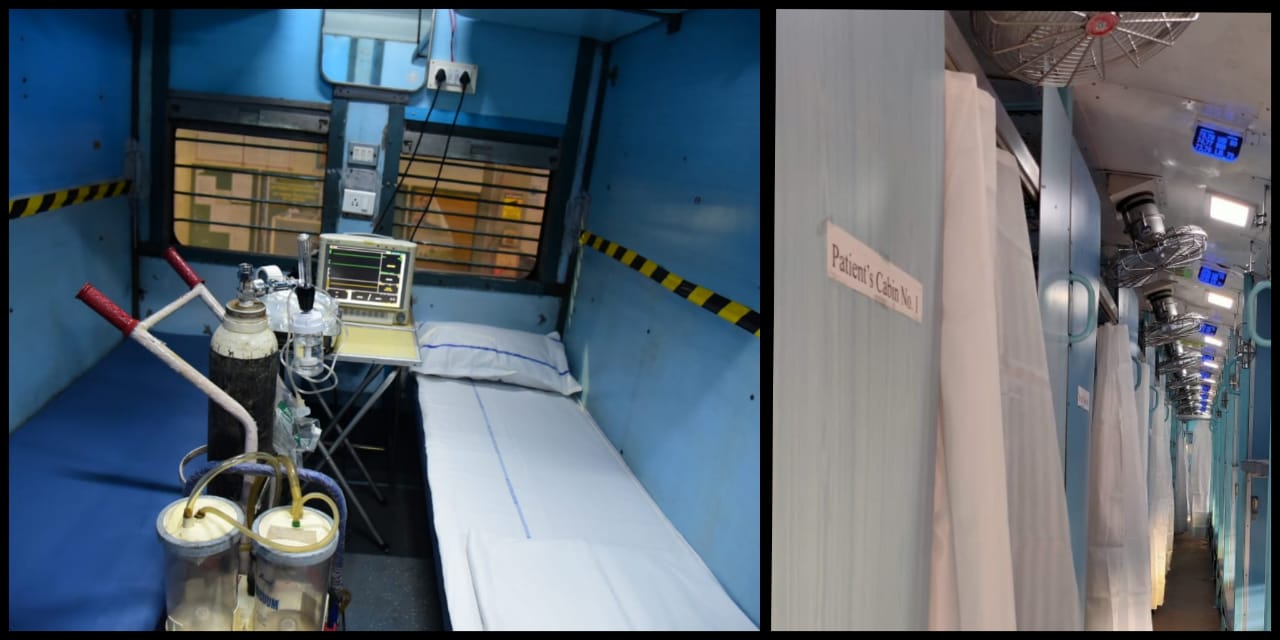No products in the cart.
Meet encounter specialist IPS Rajesh Hingankar- he destroyed SIMI network
Rajesh Hingankar, a prominent encounter specialist in the Indian Police Service, has earned recognition for his bravery and unwavering commitment to duty. Notably, he successfully dismantled SIMI networks and prevented local terrorist activities. In an exclusive interview with Mrityunjay Chaubey on Indore Youth, Rajesh Hingankar fearlessly tackled tough questions, answering them with honesty and sincerity.
Responding to the first question, a common concern for many, Hingankar emphasized that encounters are not carried out impulsively. He explained that the police first attempt to persuade individuals to surrender, focusing on hardened criminals involved in various crimes. If surrender is not forthcoming and there is an attack, the police respond proportionately in self-defense, aiming to neutralize the threat while minimizing casualties, including among the police force.
The interview delved into a specific encounter involving the notorious terrorist Lalit Patel, known for burning people alive on pyres. Hingankar shed light on the circumstances, citing the gang’s reign of terror in villages. The gang extorted money, intimidated villagers, and committed heinous crimes, including kidnapping and brutal murders. Hingankar clarified that their team had initially challenged Patel for surrender, resorting to legal action only when faced with gunfire in self-defense.
When asked about the inherent risks in approaching dangerous criminals, Hingankar expressed confidence derived from the support of the public. He emphasized that the blessings and trust of thousands of people instill a sense of security among the police, making them resilient in the face of potential threats.
The interview concluded with a query about the time and strategies employed in dismantling the SIMI network. Hingankar acknowledged the need for a nuanced approach, highlighting the importance of devotion and patience. He admitted to altering strategies, relying on the ATS team’s collective effort, and spending extended periods undercover in various locations, demonstrating the commitment required to successfully track and dismantle the SIMI network.








